|
ALTRINCHAM, Cheshire page |
SALE & ALTRINCHAM PAGES
Altrincham F.C.
Sale, Pt.1
Sale, Pt.2
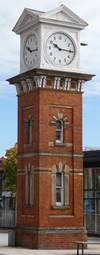
Link to:
Luso Pages Home Page

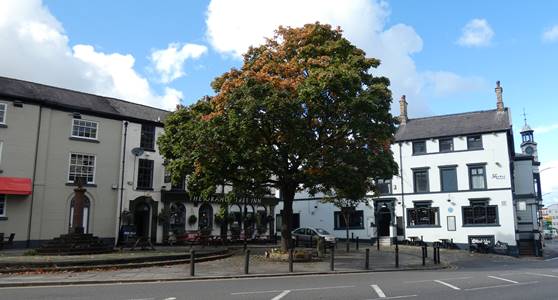
The Old Market Place, September 2018
SALE & ALTRINCHAM PAGES Altrincham F.C. Sale, Pt.1 Sale, Pt.2

Link to:
|
  The Old Market Place, September 2018 |
 September 2018, in part
September 2018, in part
There are relatively few historical remains evident in the town today. The oldest surviving part of the town is that around the Old Market Place and Church Street (on the A56). It was here that Bonnie Prince Charlie's troops were allegedly billeted in 1745. A number of Georgian buildings also survive in this area on High Street.
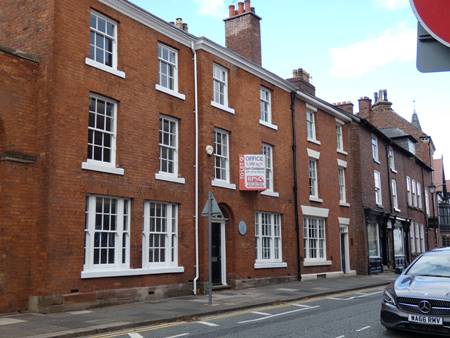 |
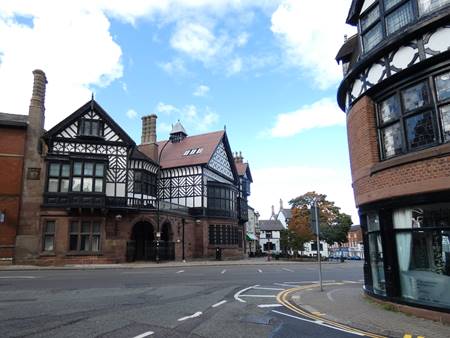 |
Altrincham's fortunes improved with the arrival of the famous Bridgewater Canal, constructed in the 1760s and this can be seen most conveniently from the A56 at Broadheath Bridge. In the latter part of the 18th century the town had a cotton and worsted trade but it was the opening of the Manchester South Junction and Altrincham Railway (MSJA) in 1849 which really prompted the town's growth. Also in 1849 the first Town Hall was established adjacent to the Unicorn Hotel. Altrincham endured epidemics of typhoid and cholera in the 19th century but in the latter part of the century many prosperous Manchester businessmen took up residence, particularly in Bowdon, at the southern edge of Altrincham. From here they commuted to Manchester by train. The existing town hall buildings were erected in 1900 and in 1937 Altrincham became a Municipal Borough. In the 1890s the Broadheath area started to become heavily industrialised.From the 1970s Altrincham's industrial base declined and the area is now predominantly residential and commercial in nature.
The town became part of Trafford Metropolitan Borough in 1974 having, till then, been part of the County of Cheshire. Indeed, postally, the town's address is still "Altrincham, Cheshire". The more northerly part of the town includes the formerly industrial area of Broadheath, which lies to the west of the A56 on the Bridgewater Canal. To the east lies the more residential area of Timperley. The Broadheath area developed boomed in the early 20th century as a major industrial complex, with factories of such firms as Linotype George Richards, and Budenberg Gauges. Today, most of the town's heavy industry has disappeared and much of Broadheath is now a retail park, housing Homebase, B+Q, Aldi and other national stores.
The railway links which prompted the town's growth in the 19th century have sadly declined, with Altrincham now served only by an hourly service to Chester and Manchester (via Stockport) and no other direct railway connection. Other railway lines, through the former stations at West Timperley and Broadheath, have been closed to passengers for years and the latter line was irrevocably severed in the late 1990s to facilitate the building of the new Altrincham Retail Park.
However, on a more positive note, the MSJA electric train service has been replaced by Metrolink trams which link the town, via Sale, Stretford and Old Trafford to Manchester and Bury. But perennial underfunding means that Metrolink is overcrowded, expensive and has poor-quality track work, especially on the stretch between Dane Road and Stretford. Also, more than 20 years after its inception, Metrolink has no published timetable beyond one stating times of the first and last trams of the day.
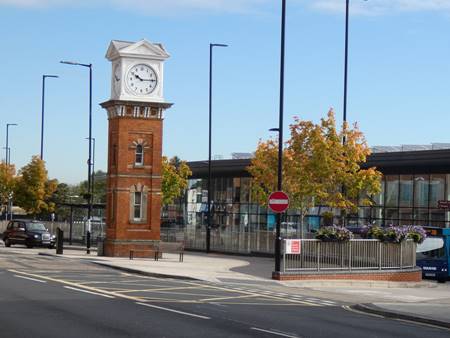 |
The town centre was redeveloped in the 1970s and its shopping centre now lies along the pedestrianised George Street and the parallel Stamford New Road/Railway Street, which lead southwards to The Downs, Hale and Bowdon. The town's old market hall survives as does the covered market itself, which is sited between Market Street and Greenwood Street. But the impact of the massive Trafford Centre just a few miles away hit the town's retail trade hard. In an attempt to reinvigorate the retail trade, part of the 1970s shopping centre in George Street was rebuilt in 2006/7 to 2011 and a new Vue cinema opened in the town in January 2007.
Having been identified as one of the country's towns with the most empty shops, Altrincham in recent years has been on the up, with the revitalisation of the Market Hall leading the way. Altrincham is now a local centre for good food and drink, particualry in and around the Market and adjacent streets such as Greenwood Street and Shaw's Road.
Altrincham is probably best known nationally today for its successful non-league football team. Altrincham Football Club, which plays on Moss Lane, has knocked out more League teams (17) from the FA Cup than any other current non-league club and in the 1980s was the country's leading non-league team. The town also had a celebrated ice hockey team, the Altrincham Aces, who played at the Altrincham Ice Rink in Broadheath. This was closed some years ago but a new Silver Blades rink was opened in 2007 behind Altrincham station. This is the home to the successful Manchester Storm ice-hockey club.
A controversial Altair development is set to go ahead on the exisiting Thomas Street car park adjacent to the rear of Altrincham Interchange. This will include a large apartment block as well as commercial developments.
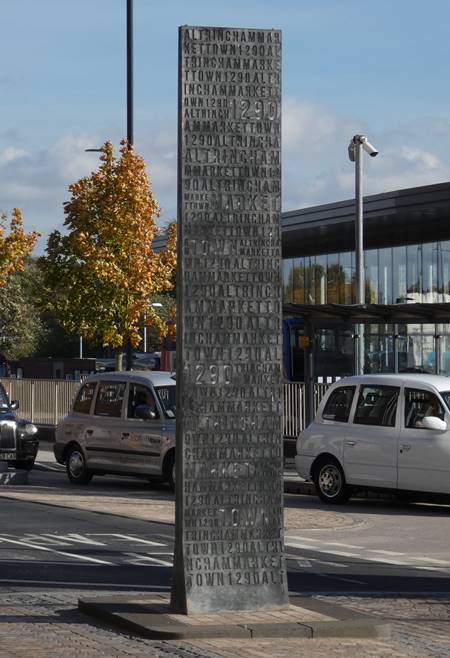 |
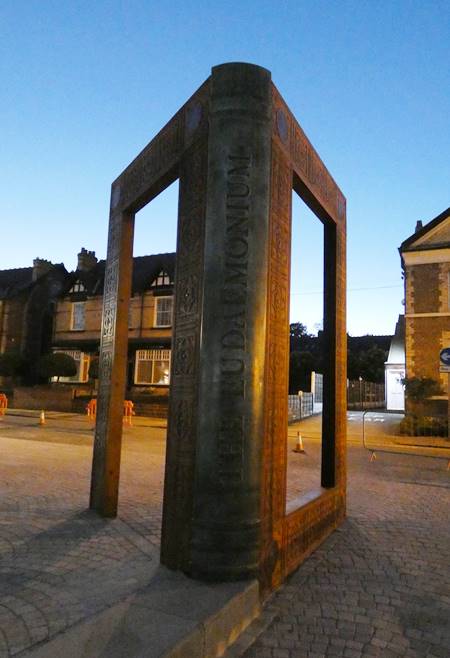 |
Above, two "sculptures" installed in Altrincham. Left, the Altrincham 1290 structure in the middle of Stamford New Road, near the Station Clock, commemorating the town's market founded in 1290. Right, seen at night, the 2018 structure called "Eudaemonium" (an invented word) which is sited outside the new Library site (formerly the junction of Potts Street with Market Street).
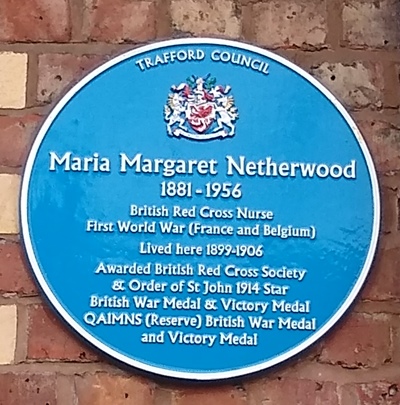
Right: The plaque to Maria Margaret Netherwood in Ashfield Road, ALtrincham, was put in place in 2018.
Helen Allingham (1848-1926)
Helen was the first woman artist ever elected to the Royal Water-Colour Society. She lived in Market Street from 1849 until the early 1860s, where a wall plaque commemorates her.
George Faulkner Armitage (1849-1937) Armitage was the son of a Manchester mill owner, brought up in Bowdon, who lived and operated a furnishing studio from Stamford House, his now demolished home on Church Street, Altrincham. His furniture achieved national renown.
Sir Michael Bishop (Lord Glendonbrook) (1941-)
Bowdon-born Sir Michael is the man who built up British Midland Airways into the major UK-airline bmi, before selling his 50% stake in the company to Germany's Lufthansa for £318 million in October, 2008. He started his airline career in 1965 as a holiday-relief baggage handler at Manchester Airport before working for local company Mercury Airlines. Mercury became part of the British Midland in 1963 and Sir Michael worked his way up through the airline's management until he obtained private funding in 1978 to buy into the company.
Frank Crossley (1839-97)
Crossley buses and lorries were a common site on British roads for many years. Frank Crossley, an Ulsterman, who set up Crossley Motors in 1910, lived at 3 Grosvenor Road, Altrincham. He married at St. Margaret's Church. He devoted his latter life to missionary work and left £600,000 in his will.
Ronald Gow (1897-1993)
A plaque on the side of Barclay's Bank on Stamford New Road/Goose Green records the residence there of dramatist Ronald Gow. A schoolmaster at Altrincham Grammar School from 1923, Gow was an early film-maker, before having plays performed at Altrincham's Garrick theatre. He left Altrincham in the 1930s and married actress Wendy Hiller. Ronald dramatised Walter Greenwood's "Love on the Dole".
Maria Margaret Netherwood (1881-1956)
Maria Margaret Netherwood, who lived in Ashfield Road, Altrincham, was a prisoner of the Germans during World War One. She and seven other nurses went to Belgium in 1914 to tend the British wounded but were captured a few weeks after arriving and held for a few days before being released. Nevertheless, she returned to Belgium to minister to injured troops.
Born in Sheffield, Maria was the daughter of a railway employee and she lived in Altrincham around 1901 but, by 1911, she was living in London. In late 1917 she married a Canadian, William Daniel Wesley Mills in Chorlton cum Hardy and subsequently emigrated to Canada and the USA. She died in Los Angeles in 1956
Edgar Prestage (1869–1951)
Born in Manchester, his family moved to a house they named "Chiltern" in Cavendish Road, Bowdon, where they resided for some forty years. His father.John Edward Prestage, was a partner in a Manchester legal firm in Princess Street and Edgar reluctantly attended Law dgeree classes at Owens College, Manchester. But his first love was Portuguese Literature and he became Britain's first lecturer in the subject (1908), running part-time courses at the University of Manchester from 1909 till his resignation in 1914.
He emigrated to Portugal and married the daughter of the Portuguese poet Goncalves Crespo, before returning to the UK to become the first Professor of Portuguese in the country, at King's College, London. He sold his Portuguese and Spanish books to the John Ryalnds Library, Deansgate, Manchester.
Hans Richter (1843-1916)
The Austro-Hungarian-born conductor of the Halle Orchestra (1899-1911), Hans Richter, lived at The Firs, Bowdon from 1901-11.
Bill Speakman V.C. (1927-2018)
One of Altrincham's most famous residents of recent times was Bill Speakman, who won the V.C. in 1951 during the Korean War. Bill was honoured in May 2003 when Altrincham's Woodlands Parkway bridge was named after him. Bill has spent the last 40 years in South Africa but lived at 27 Moss Lane at the time of his war exploits and returned to the town for the bridge naming ceremony.
Alison Uttley (1884-1972)
After obtaining a Physics degree at the University of Manchester in 1906, Alice Taylor (as she was born) married and moved to Bowdon in 1924. She went on to write the "Little Grey Rabbit" books, whilst living in Bowdon where there is a plaque to her at 13 Higher Downs, her home from 1924-38. She then moved to Buckinghamshire.
Above, left: Altrincham Interchange and clock c.2003. Right: Altrincham Interchange and clock, January 2017. The bridge across Stamford New Road has disappeared and the bus interchange has been redeveloped since the earlier image was taken.
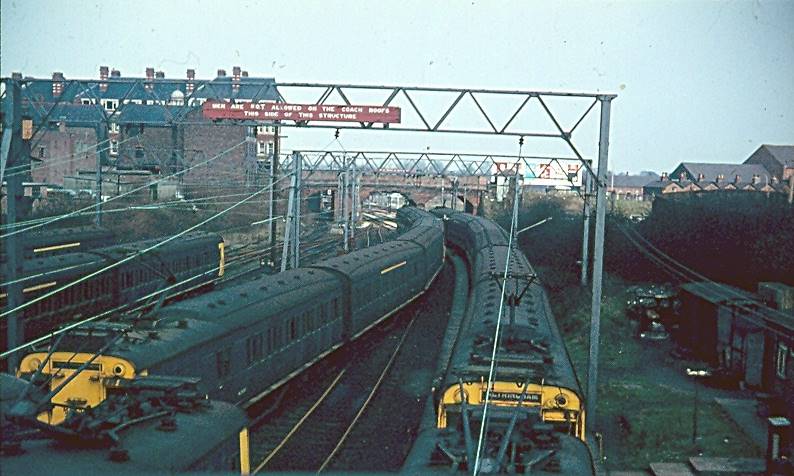 |
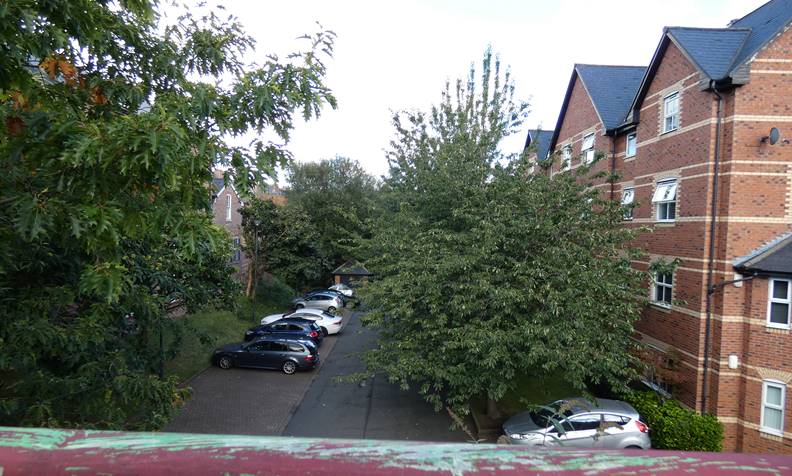 |
Above left, the view north from Goose Green Bridge in 1971 and, right, the same view in 2018. In 1971 the electric train sidings were here. These have now been replaced by apartments and car parking, whilst foliage has grown aplenty.
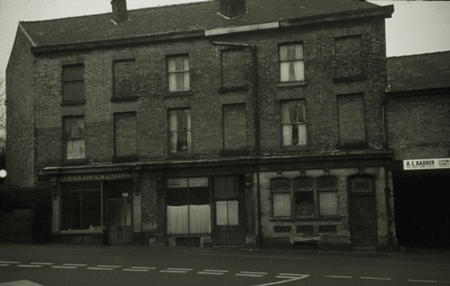 |
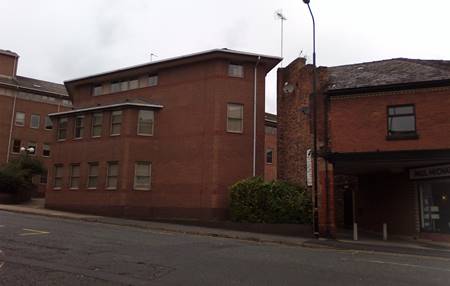 |
Above left, from left to right we see nos.15 and 17 Stamford Street and the Volunteer public house (no.19) in 1969 before demolition. To the right of The Volunteer is a short tunnel under a first-floor building. Only the tunnel remains as shown in the modern image on the right. Where the three buildings stood in the 1969 image is now Tabley Court office complex.
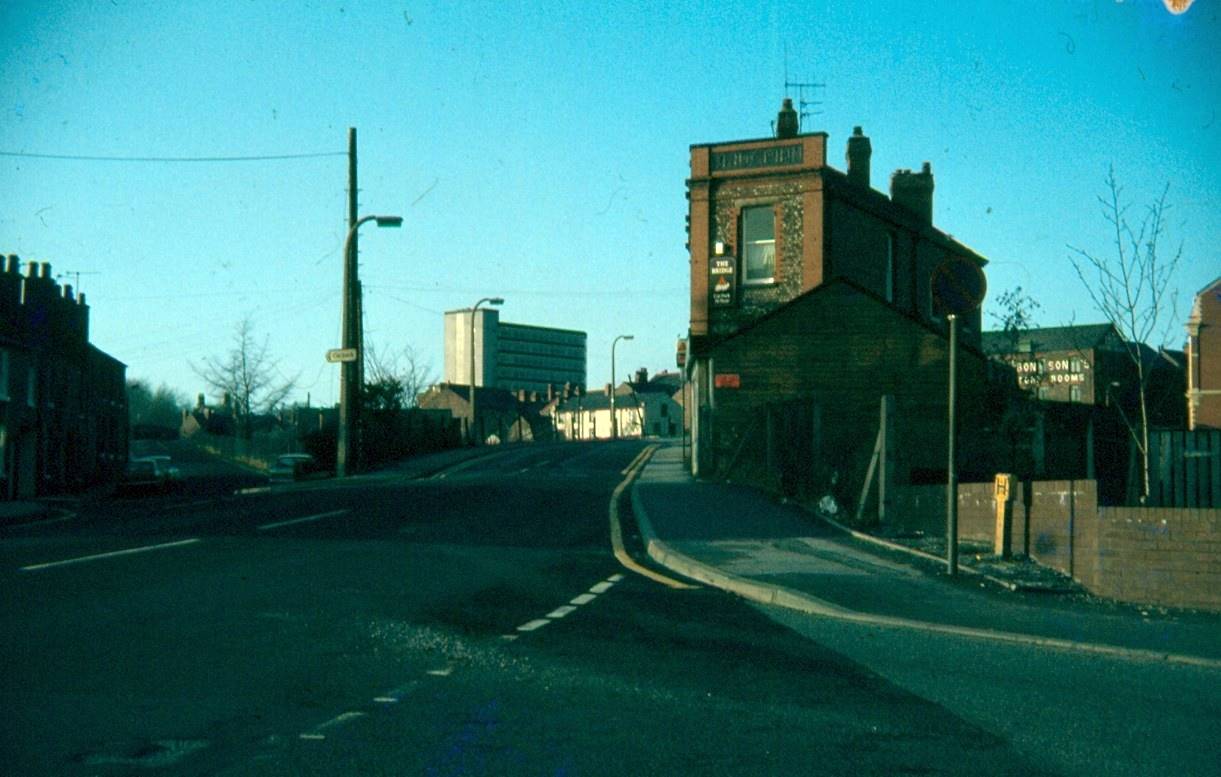 |
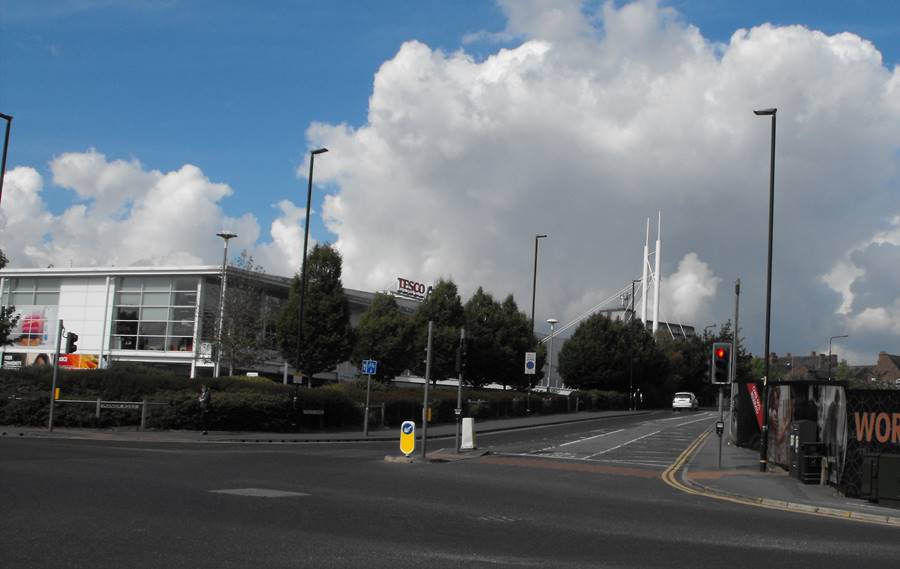 |
Above, the view from the junction of Oakfield Road and Moss Lane, looking west. In the 1984 view the road joining Moss Lane at an angle was Denmark Street which has lost the half of its former length from the Denmark Street bridge over the railway, courtesy of the Tesco supermarket development. The remaining part runs from Lloyd Street to the Tesco walkway which links to Moss Lane. Likewise the Bridge Inn, seen on the earlier image has been demolished pending the long delayed Altair development on the adjacent area behind the railway station.
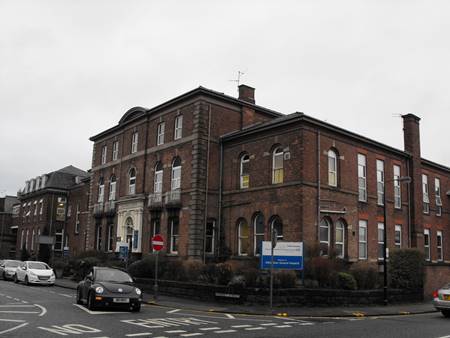 |
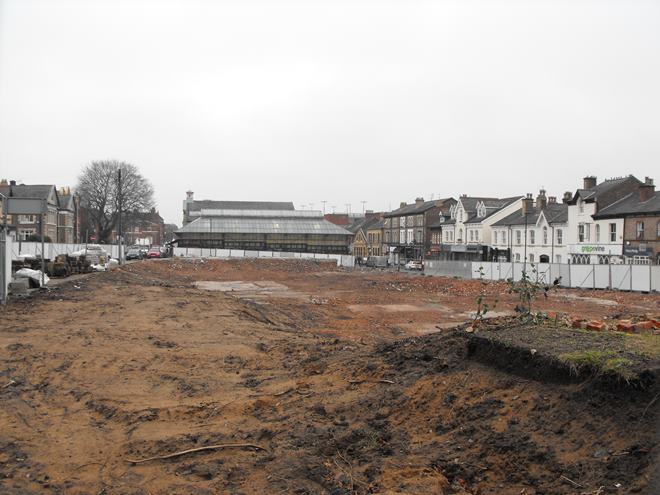 |
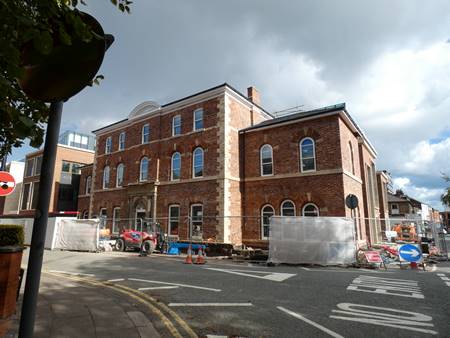 |
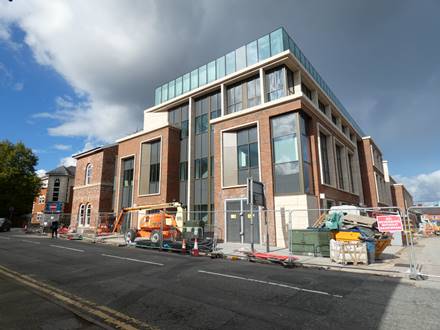 |
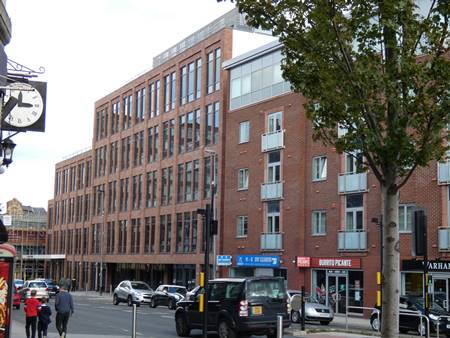 |
The former Altrincham General Hospital site, on the site bordered by Greenwood Street, Regent Road and Market Street, is shown above as it was after demolition in 2017. The old hospital has since been replaced by a new building on Railway Street whilst its original site was supposed to be being replaced by a new Health & Well-Being Centre, which incorporated the restored outer walls of the original 19th-century hospital. The bottom picture shows the new structure on Railway Street. However, to the amazement of local inhabitants, it was announced in October 2018 that the proposed health-related tenants could not longer afford to relocate to the new building and a further multi-million pounds would have to be spent to convert the new premises into offices or similar.
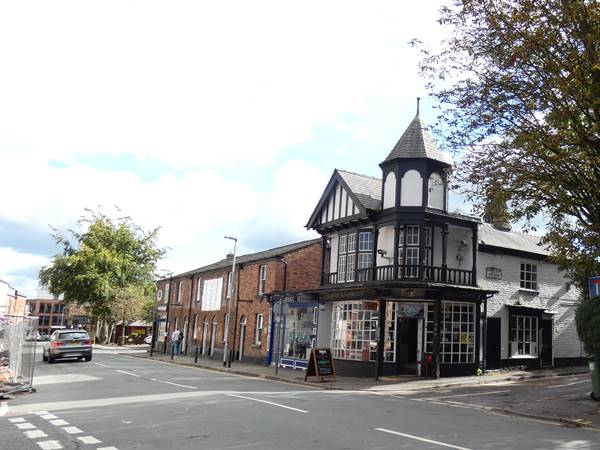 |
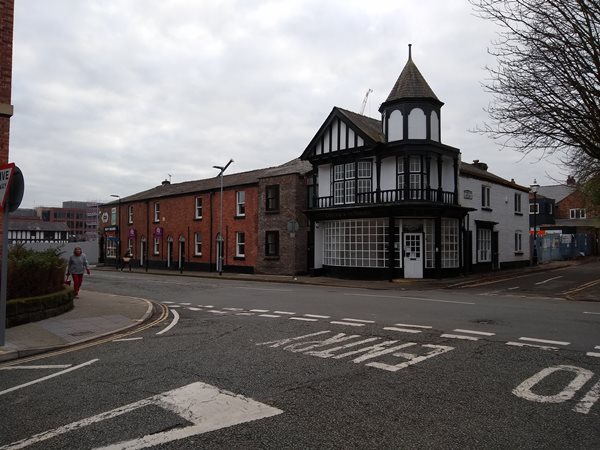 |
Above, Regent Road at its junction with Norman's Place seen in September 2018 (left) and November 2020 (right). The jarring brickwork of the modernised frontage, next to the corner building, appeared in 2020.
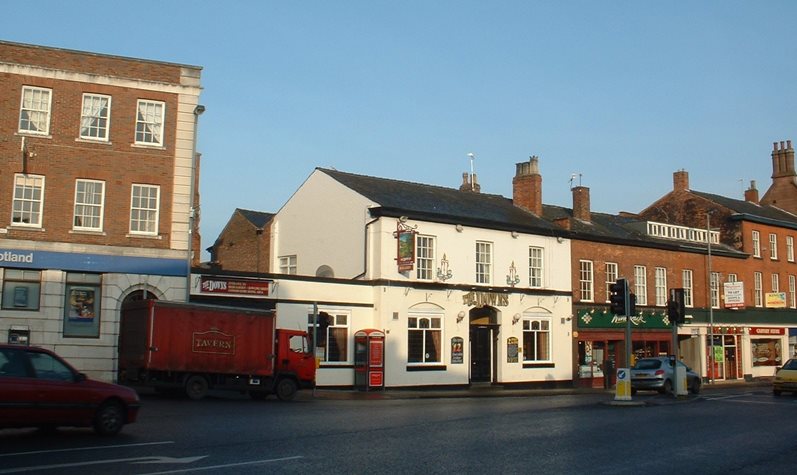 |
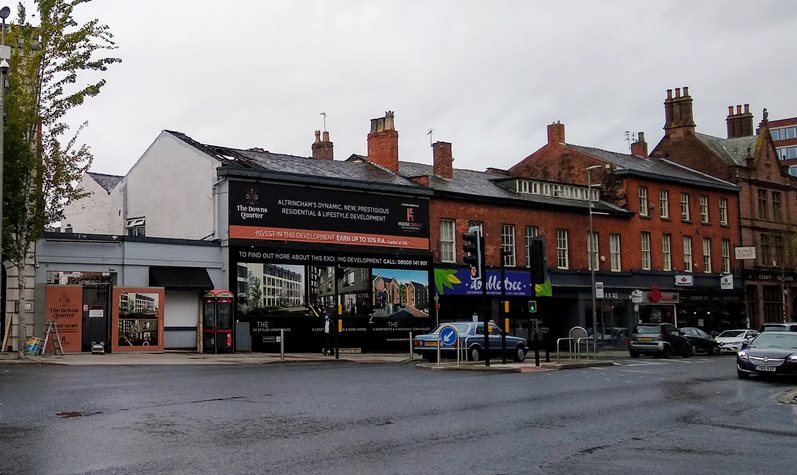 |
Above, The Downs Hotel before and during the redevelopment of the site in 2019/20. The image, right, was taken in July 2020.
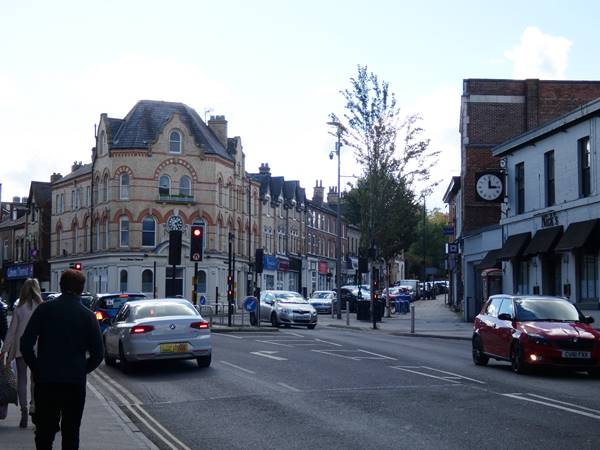
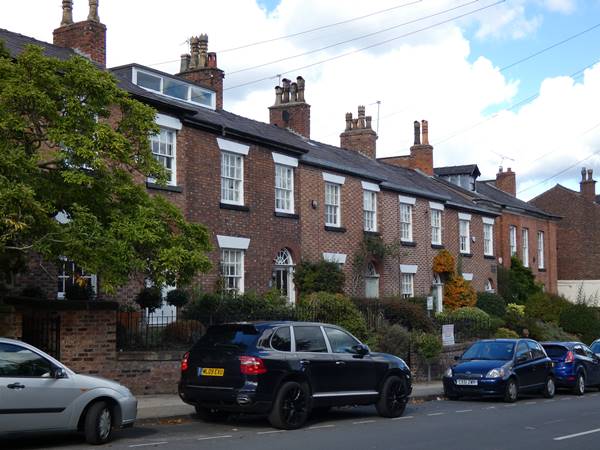
Above, in September 2018, L to R: (1) The Downs from Railway Street. (2) The Downs.
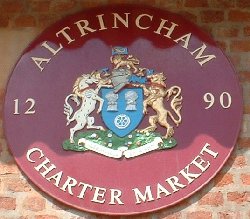 |
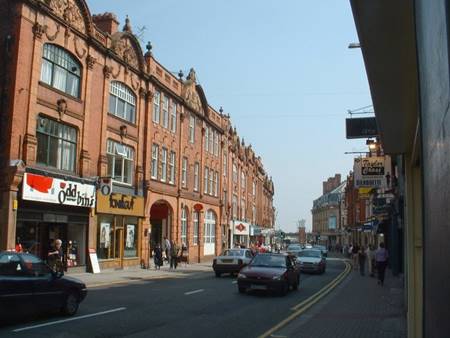 |
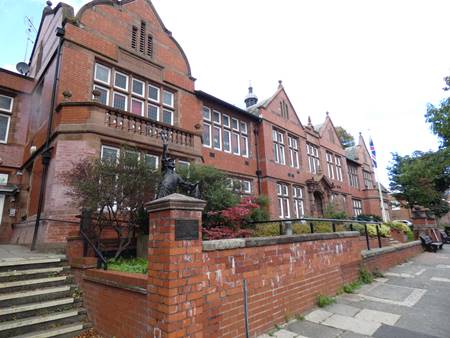 |
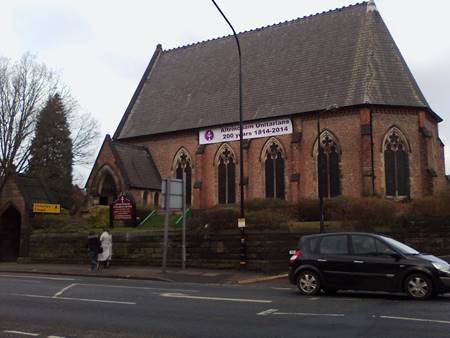 |
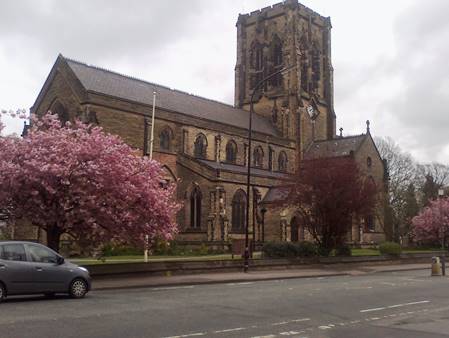 |
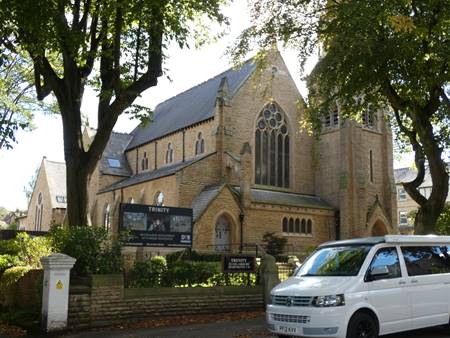 |
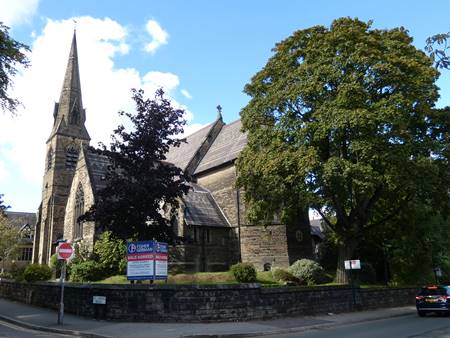 |
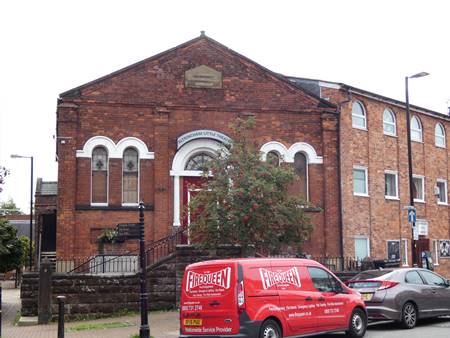 |
